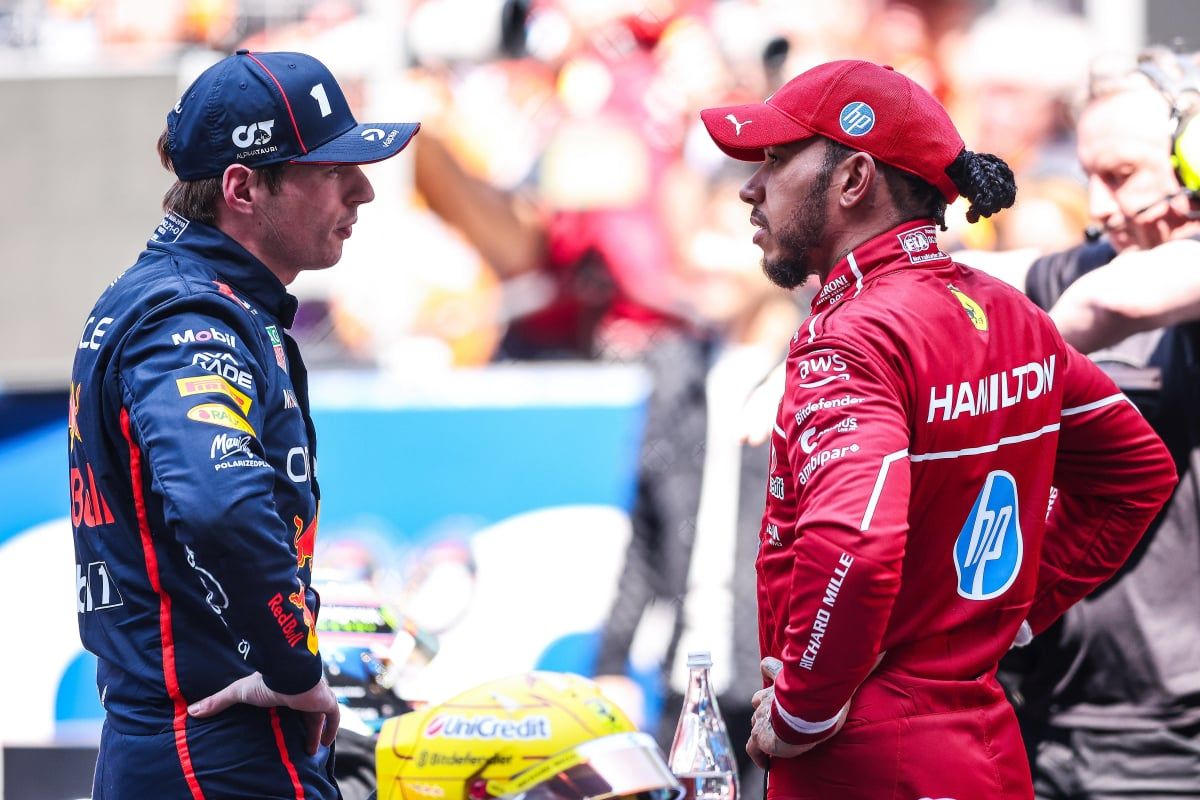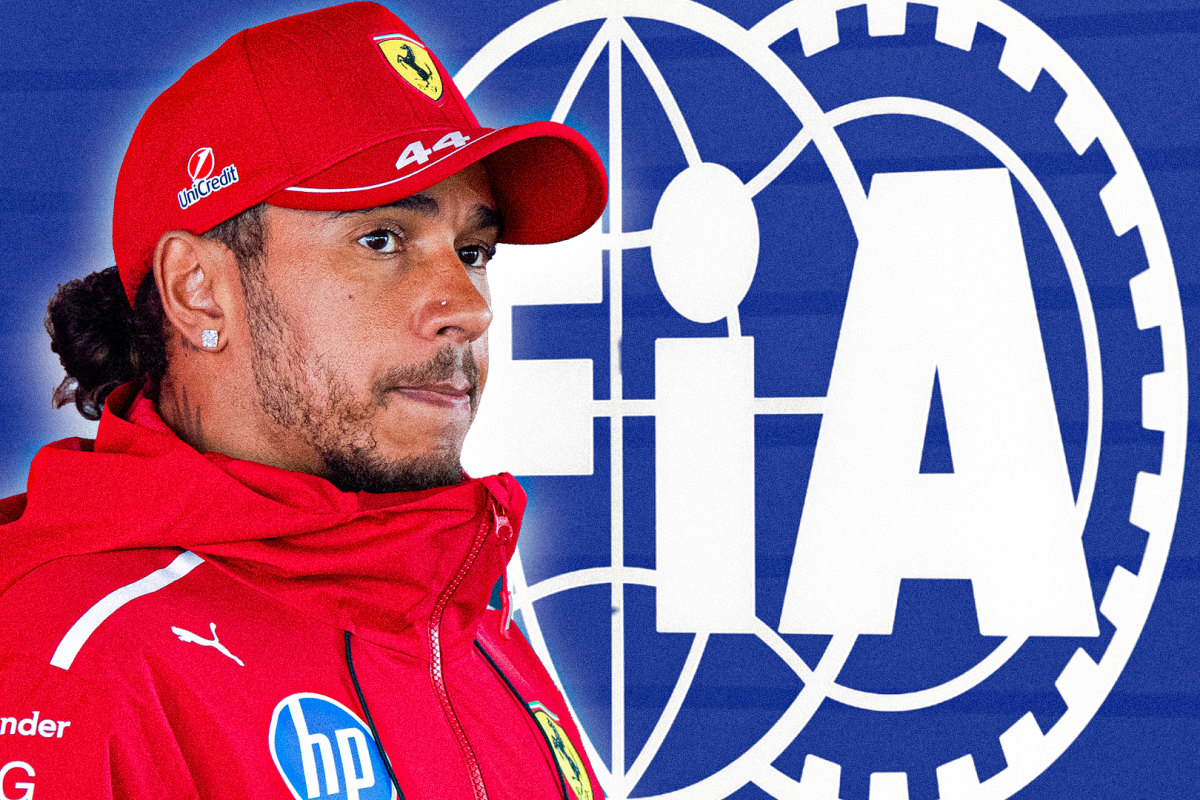FIA statement explains Max Verstappen double penalty d…..read more
The FIA has released an official explanation regarding the penalty handed to reigning Formula 1 World Champion Max Verstappen at the recent Saudi Arabian Grand Prix—a decision that has sparked heated debate among fans, pundits, and team personnel. The incident, which occurred on the very first lap of the race, resulted in Verstappen receiving a time penalty, though according to the FIA, the Dutch driver narrowly avoided receiving an even harsher punishment.
Verstappen, who had claimed pole position during qualifying, began the race in a strong position with hopes of converting his performance into another Grand Prix victory. However, those hopes were quickly thrown into uncertainty when he became entangled in a tense battle with McLaren’s Oscar Piastri through the opening corners in Jeddah.
During the first lap melee, Verstappen was judged to have left the racing surface and retained a position advantage over Piastri by not relinquishing the place. After reviewing the incident, the stewards determined that Verstappen had indeed gained a lasting advantage by going off-track and failing to yield his position back to the McLaren driver. As a result, the Red Bull driver was handed a five-second time penalty.
The decision provoked immediate reactions across the paddock, with many questioning both the consistency and the severity of the ruling. Red Bull team principal Christian Horner was among the most vocal critics of the stewards’ decision. In a bid to contest the penalty, Horner was seen making an impassioned case to the FIA, even presenting printed photographs that he believed demonstrated Verstappen had not gained an unfair advantage in the incident. His protest, however, fell on deaf ears.
Rather than backing down, the FIA issued a statement that defended the penalty and revealed that Verstappen had actually been under consideration for a double punishment. The governing body stated that had the circumstances been judged differently, the Red Bull driver could have faced further sanctions, suggesting the five-second penalty was, in fact, a relatively lenient outcome.
The FIA’s clarification emphasized that Verstappen’s maneuver was in breach of the sporting regulations, which state that a driver who gains an advantage by leaving the track must return the position or face a penalty. The stewards concluded that Verstappen’s refusal to give the place back to Piastri warranted disciplinary action and that the decision followed standard precedent.
Despite the clarification, the response from within the F1 community remained divided. Some agreed that rules must be enforced to maintain fairness on track, regardless of a driver’s status or past achievements. Others felt the penalty was harsh and possibly even influenced by Verstappen’s high-profile standing within the sport. The situation brought further scrutiny on the FIA’s stewards and reignited conversations about consistency in penalty decisions.
For Verstappen, the five-second penalty impacted the early portion of his race strategy but ultimately did not derail his overall performance, as he still managed to finish strongly. Nevertheless, the incident added an unexpected layer of drama to what had been shaping up as another dominant weekend for the championship leader.
The stewards’ ruling and the FIA’s subsequent statement underline the governing body’s commitment to enforcing race regulations strictly and without exception. However, it also raises ongoing concerns among teams and drivers over the transparency and consistency of such rulings—issues that are likely to continue surfacing throughout the remainder of the season.
As the Formula 1 circus moves on from Jeddah, all eyes will be on the next Grand Prix to see how the FIA manages similar on-track altercations and whether any changes to their enforcement approach will be introduced following the backlash over Verstappen’s penalty.



